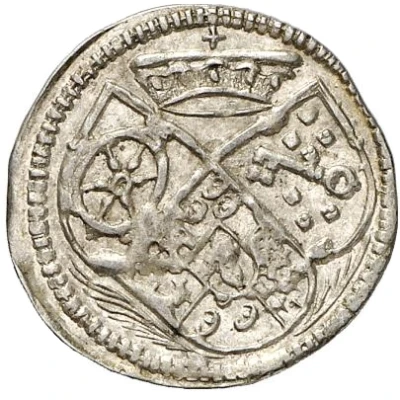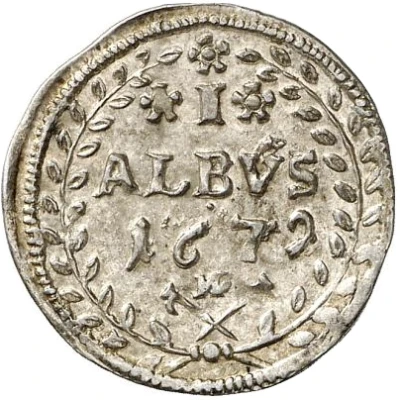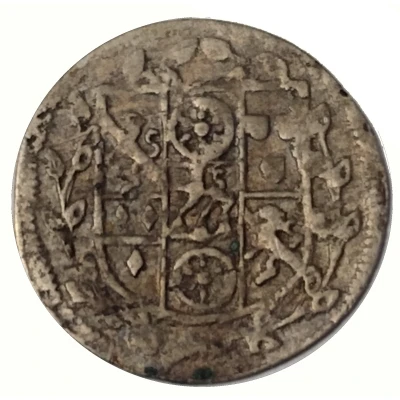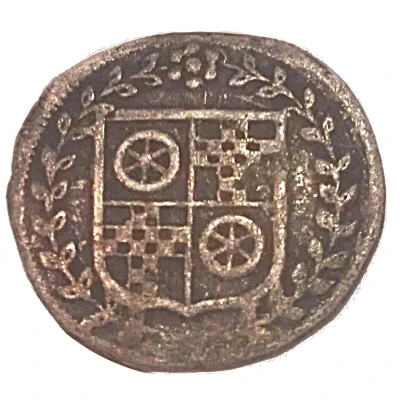
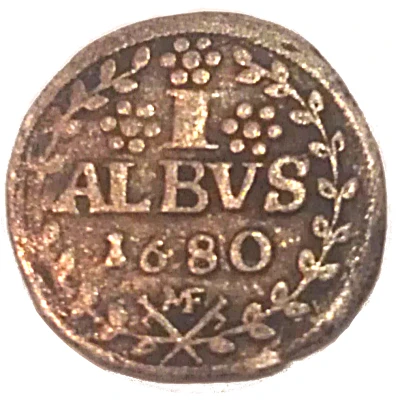

© mattei2b
1 Albus - Anselm Francis of Ingelheim
| Silver | 0.91 g | 18 mm |
| Issuer | Archbishopric of Mainz (German States) |
|---|---|
| Prince-archbishop | Anselm Francis of Ingelheim (Anselm Franz von Ingelheim) (1679-1695) |
| Type | Standard circulation coin |
| Years | 1679-1692 |
| Value | 1 Albus (1⁄36) |
| Currency | Thaler |
| Composition | Silver |
| Weight | 0.91 g |
| Diameter | 18 mm |
| Shape | Round |
| Orientation | Medal alignment ↑↑ |
| Demonetized | Yes |
| Updated | 2024-10-05 |
| Numista | N#90701 |
|---|---|
| Rarity index | 93% |
Reverse
3-line inscription with date and denomination within laurel wreath.
Script: Latin
Lettering:
I
ALBVS
1680
MF
Edge
Plain
Comment
Anselme-François d'Ingelheim (born September 16, 1634 in Cologne, died March 30, 1695 (aged 60) in Aschaffenburg) was Archbishop and Prince-Elector of Mainz from 1679 to 1694. In this capacity, he was also archchancellor of the Holy Roman Empire (Source Wikipedia).The coin has an atypical mintmark and is not, strictly speaking, a medal mint, as the other side (whichever way you look at it) is crooked from left to right. It can be described as cross-struck or offset.
Interesting fact
One interesting fact about the Standard circulation coin 1 Albus - Anselm Francis of Ingelheim 1679-1692 from Archbishopric of Mainz (German States) made of Silver weighing 0.91 g is that it was minted during a time of great economic and political change in Europe. The coin was issued during the reign of Anselm Francis of Ingelheim, who was the Archbishop of Mainz from 1679 to 1692. During this period, the Holy Roman Empire was facing economic challenges, including inflation and debasement of the currency. The Archbishopric of Mainz, which was a powerful ecclesiastical state within the Empire, issued this coin as a means of stabilizing the local economy and promoting trade. Despite the challenges of the time, the coin remains a valuable piece of numismatic history, providing a glimpse into the economic and political climate of 17th century Europe.
